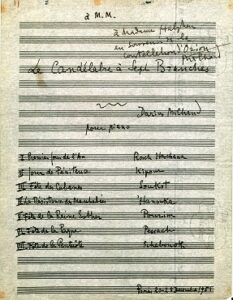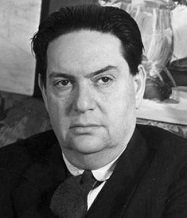
By Hervé Roten
Born in Marseille on September 4, 1892, Darius Milhaud was born into an old Jewish family from the Comtat Venaissin region. He defined himself as “a Frenchman from Provence of the Israelite religion” [1]Darius MILHAUD, Ma Vie heureuse [1974], Paris, Belfond, 1987, p. 9. His parents were both amateur musicians, and his mother knew the tradition of Provençal Jewish songs. From the age of seven, Milhaud was learning the violin and composing. In 1909, he entered the Paris Conservatoire, where he studied harmony with Gustave Leroux, counterpoint with André Gédalge, composition with organist Charles-Marie Widor and orchestration with Paul Dukas. At the same time, he completed his training with composer Charles Koechlin.
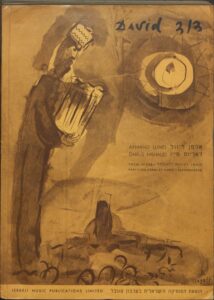
In 1923, during a stay in the United States, he discovered jazz, whose rhythms he used in the composition of his ballet La Création du monde (1923).
His output remained abundant until the outbreak of the Second World War, when he was forced to flee occupied France, accumulating two proscription lists: as a Jew and as a composer of degenerate art. In 1940, he left for the United States, where conductor Pierre Monteux helped him find a position as professor of composition at Mills College in Oakland, California. Milhaud’s students there included jazz pianist Dave Brubeck, variety composer Burt Bacharach, and the founders of American minimalism Steve Reich and Philip Glass.
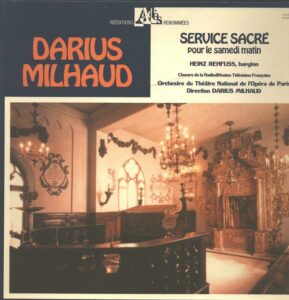
Author of a prolific oeuvre (443 opus numbers!), Darius Milhaud tackled every genre: opera, chamber music, symphonic music, concertos, ballets and vocal music. His musical language is marked by polytonality and polyrhythm. He drew his inspiration from jazz as well as from Brazilian, African and Provençal Jewish music.
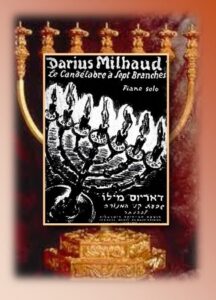
Some of Darius Milhaud’s Jewish works are inspired by liturgical themes from his native Comtat Venaissin. This is particularly true of his Etude sur des thèmes liturgiques du Comtat Venaissin, which includes the traditional aria of the Lé’ha dodi prayer noted on p. 124 of the collection Chants hébraïques suivant le rite des Communautés Israelites de l’ancien Comtat Venaissin by Jules Salomon and Mardochée Crémieu (1885).
Ex audio 1 : Lé’ha dodi – Traditional contadin air (extract)
Ex audio 2 : Etude sur des thèmes liturgiques du Comtat Venaissin (extract)
The theme of the Adon olam prayer from Service sacré du samedi matin is modelled on the melodic motif of the Berushim atem circumcision song, also noted on p. 186 of Crémieu’s collection.
Sources: Ircam ; Milken Archives ; Esprits Nomades ; Musicologie.org
The IEMJ owns several handwritten or printed scores signed by Darius Milhaud.
Consult the catalog of Darius Milhaud’s audio recordings held at the IEMJ
Read the article Le Candélabre à Sept branches by Darius Milhaud
Listen to the Darius Milhaud playlist and his works inspired by Jewish tradition
| 1 | Darius MILHAUD, Ma Vie heureuse [1974], Paris, Belfond, 1987, p. 9 |
|---|
